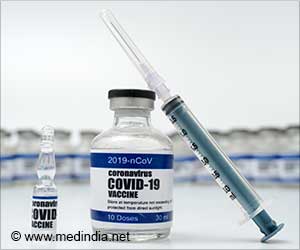Over the course of three years, this activity can reduce daily motor issues related to balance and speech, which often lead to social isolation.
‘Dancing with music can slow down the debilitating motor symptoms of Parkinson’s disease.’
Researchers at York University discovered that people with Parkinson’s (PwPD) who participated in weekly dance training, had less motor impairment and significant improvement in areas related to speech, tremors, balance and rigidity compared to those who did not do any dance exercise.
Their data also showed significant improvements in experiences of daily living such as cognitive impairment, hallucinations, depression and anxious mood.
The non-motor aspects of daily living, motor experiences of daily living, motor examination symptoms and motor complications did not show any impairment across time among the dance-trained PwPD group compared to PwPD who do not dance.
This study is the first of its kind to follow PwPD over a three-year period during weekly dance participation with music and providing additional information about the nature of the progression of motor and non-motor PD symptoms.
“The experience of performing and being in a studio environment with dance instructors appears to provide benefits for these individuals,” said DeSouza, senior author, principal investigator and associate professor in the Department of Psychology at York University.
In Parkinson’s disease even mild motor impairment can impact their daily functioning and lead to isolation. The psychological issues, depression, social isolation and symptoms do get worse over time.
In the study, researchers looked at how a multi-sensory activity, (like a dance with music learning) incorporated the use and stimulation of several sensory modalities in the dance environment to influence the mood, cognitive, motor and neural challenges faced by PwPD.
Researchers will next examine what occurs in the brain immediately before and after a dance class to determine what neurological changes take place.
There is no precise intervention with PD and usual remedies are pharmacological interventions. This data will shed light on additional therapies used in the treatment process of Parkinson’s disease.
Source: Medindia



